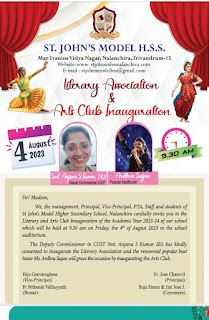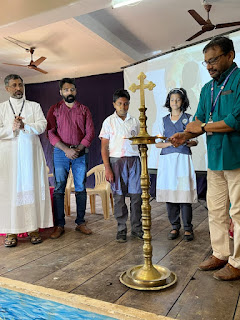Teaching Kepler's Laws and Universal Law of Gravitation with a Handmade Solar System Model
As a student teacher, I embarked on a fascinating journey to make the complex concepts of Kepler's Laws and the Universal Law of Gravitation accessible to ninth-grade students. To achieve this, I decided to create a visually engaging and interactive teaching aid - a handmade still model of the solar system. This blog post will take you through my experience of constructing the model, its impact on my students, and the significance of using hands-on activities to teach scientific concepts.
The Idea and Inspiration
The idea of creating a solar system model came to me after reflecting on my own learning experiences as a student. I remembered how much easier it was to grasp abstract concepts when I could visualize them. Thus, I decided to recreate the solar system in a cardboard and chart model, encapsulating all its details, with the primary objectives of teaching Kepler's Laws and the Universal Law of Gravitation.
:
Steps:
Creating the Sun: I started by cutting out a large circle from the cardboard and painting it yellow to represent the Sun. It was then positioned at the center of the model.
Designing Planets: Using chart paper, I cut out smaller circles for each of the planets. These were painted according to their actual appearances. I made sure to label each planet with its name and relevant details such as size and distance from the Sun.
Constructing Orbits: To demonstrate Kepler's Laws, I used strings to create elliptical orbits for the planets, ensuring that the foci represented the Sun. This helped illustrate how planets move at varying speeds at different points in their orbits.
Implementing Gravitational Pull: I attached strings to each planet and connected them to the Sun. This represented the gravitational force exerted by the Sun, effectively demonstrating Newton's Universal Law of Gravitation.
Adding Additional Elements: I incorporated moons, comets, and asteroids to make the model more dynamic and to highlight the diversity of celestial bodies in our solar system.
Day and Night Simulation: To explain the concept of day and night, I positioned a small light source and demonstrated how the rotation of the Earth results in these phenomena.
Teaching with the Model
The day of the lesson arrived, and I could sense the excitement in the classroom. The model served as a powerful visual aid, capturing the students' attention immediately. As I explained Kepler's Laws and the Universal Law of Gravitation, I used the model to illustrate each point. The students were actively
engaged, asking questions and interacting with the model.
The elliptical orbits and the gravitational pull became tangible concepts, and the model helped bridge the gap between theory and reality. It allowed students to understand the complex relationships in our solar system with greater clarity.
Conclusion
Creating and using a handmade still model of the solar system was a rewarding experience as a student teacher. It demonstrated the effectiveness of hands-on activities in teaching complex scientific concepts. The model not only helped me convey Kepler's Laws and the Universal Law of Gravitation but also fostered a sense of wonder and curiosity among my ninth-grade students.
Incorporating such interactive teaching methods can make science education more engaging and memorable, leaving a lasting impact on students' understanding and appreciation of the natural world. This experience reinforced my belief in the power of creativity and innovation in the field of education, leaving me eager to explore more ways to make learning a captivating adventure for my students in the future.

.jpeg)


Comments
Post a Comment